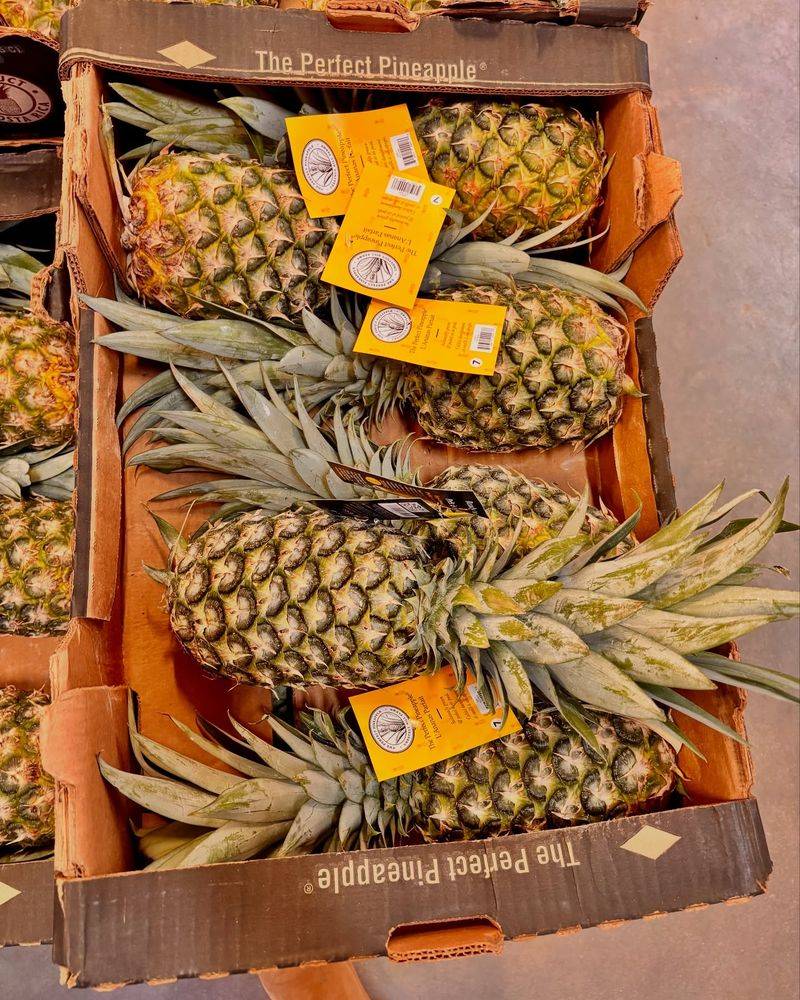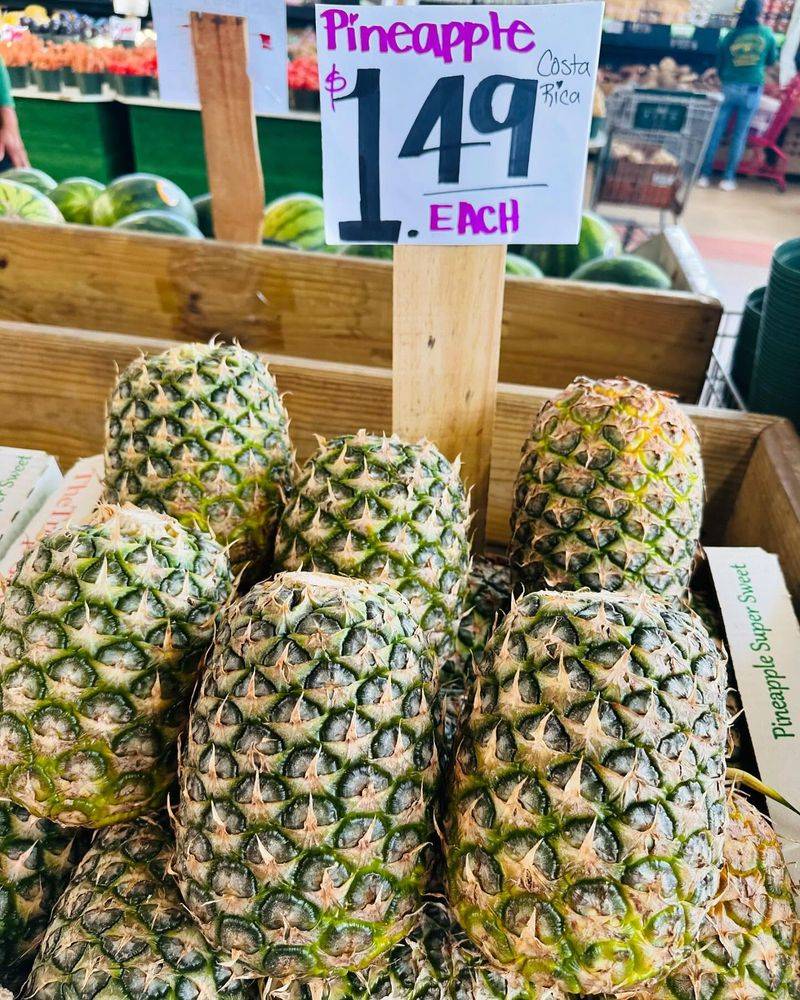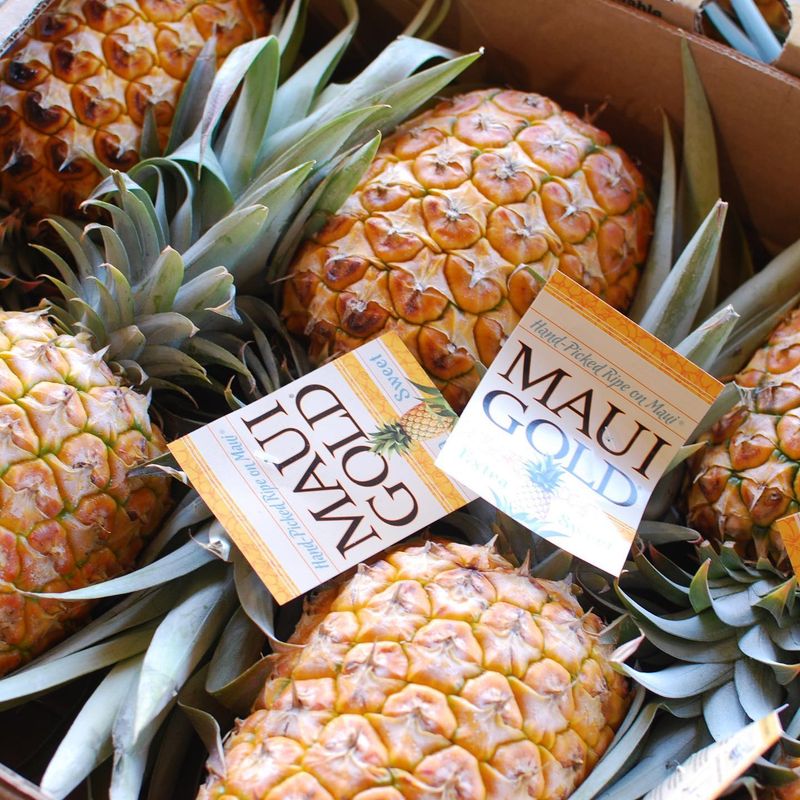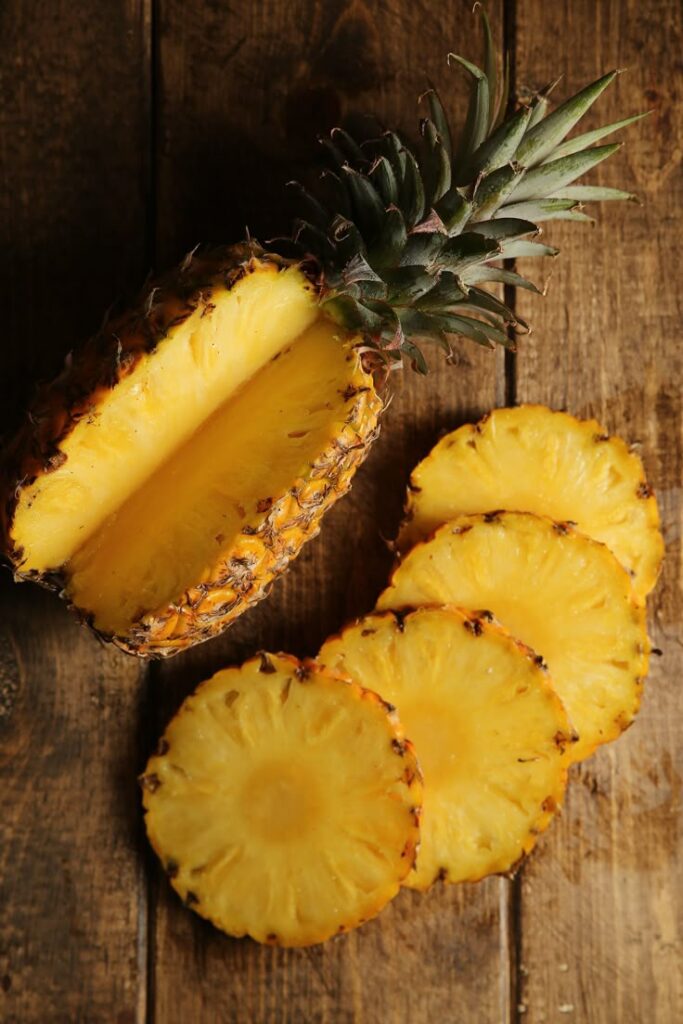Standing in the produce aisle, holding a pineapple can feel like a bit of a gamble. That tough, spiky exterior doesn’t exactly give away much, and it’s hard to tell if you’re bringing home a juicy, sweet tropical delight or a fruit that will turn out sour and disappointing.
But what if you had a few expert tricks up your sleeve to help you pick the perfect pineapple every time? Luckily, produce pros have shared their go-to tips that take the guesswork out of choosing this tropical treasure.
The secret lies in understanding the pineapple’s subtle signals — from the scent at its base to the color of its skin, and even the way it sounds when you tap it. For example, flipping the pineapple upside down and sniffing its bottom can reveal a sweet aroma, a sure sign of ripeness. The vibrant golden-yellow hues spreading across its skin indicate the sugar has developed fully, while a gentle squeeze helps you feel if it’s just right — not too hard, not too mushy.
By combining these simple senses — smell, sight, touch, and even hearing — you’ll soon be confidently selecting pineapples that are bursting with flavor and perfectly ripe. No more second-guessing or disappointment, just pure tropical bliss in every bite.
So next time you’re at the store, get ready to pick like a pro and bring home pineapples that are truly worthy of your kitchen and your taste buds.
1. Sniff the Bottom for a Sweet Aroma
The base of a pineapple reveals more about its ripeness than any other part. Flip the fruit upside down and take a deep whiff – a sweet, fragrant smell indicates the pineapple is ripe and ready to eat. If there’s no scent at all, the fruit probably needs more time to ripen.
Professional fruit buyers often rely on this smell test as their first check. The stronger and more tropical the aroma, the sweeter the pineapple will taste when you cut it open. Avoid fruits with fermented or alcoholic smells, as these indicate the pineapple has gone past its prime.
2. Look for Golden-Yellow Coloring

A ripe pineapple’s exterior tells a colorful story about what’s inside. The golden rule from produce experts: the more yellow-orange hues spreading from the bottom up, the sweeter the fruit will be. Green pineapples haven’t developed their full sugar content yet.
The yellow color should appear vibrant and healthy, not dull or browning. Don’t worry about a few green patches near the crown – focus on the body color. Many shoppers mistakenly choose all-green pineapples, not realizing they’re weeks away from optimal sweetness.
3. Give a Gentle Squeeze Test

A perfectly ripe pineapple has a particular feel that signals sweetness. Pick up the fruit and give it a gentle squeeze – it should yield slightly to pressure without feeling mushy. Rock-hard pineapples typically need more time to soften and develop sweetness.
The fruit should feel heavy for its size, indicating juiciness. Hawaiian pineapple farmers traditionally use this tactile test alongside visual cues. If the pineapple feels too soft or has obvious soft spots, it’s likely overripe and may have fermented areas inside.
4. Check the Leaves for Freshness

The crown of green leaves atop a pineapple offers valuable clues about its overall condition. Fresh, vibrant leaves with a crisp texture typically indicate a recently harvested pineapple. Try pulling on a center leaf – if it comes out easily, the fruit is likely ripe.
Dried, brown, or wilted leaves often signal an older fruit that’s been sitting too long. Some grocery stores spray water on pineapples to make leaves look fresher, so don’t rely solely on this method. Combine this check with other indicators for the most accurate assessment.
5. Tap the Side and Listen Carefully

Here’s a surprising trick professional fruit buyers use: the sound test. Lightly tap the side of the pineapple with your knuckles and listen carefully. A ripe, sweet pineapple produces a solid, hollow sound rather than a dull thud.
This sound indicates the pineapple’s flesh is juicy and at peak ripeness. The trick works because as sugars develop inside the fruit, its density changes slightly. Not everyone can master this technique immediately, but with practice, your ears can become as valuable as your eyes and nose when selecting the perfect pineapple.

Leave a comment